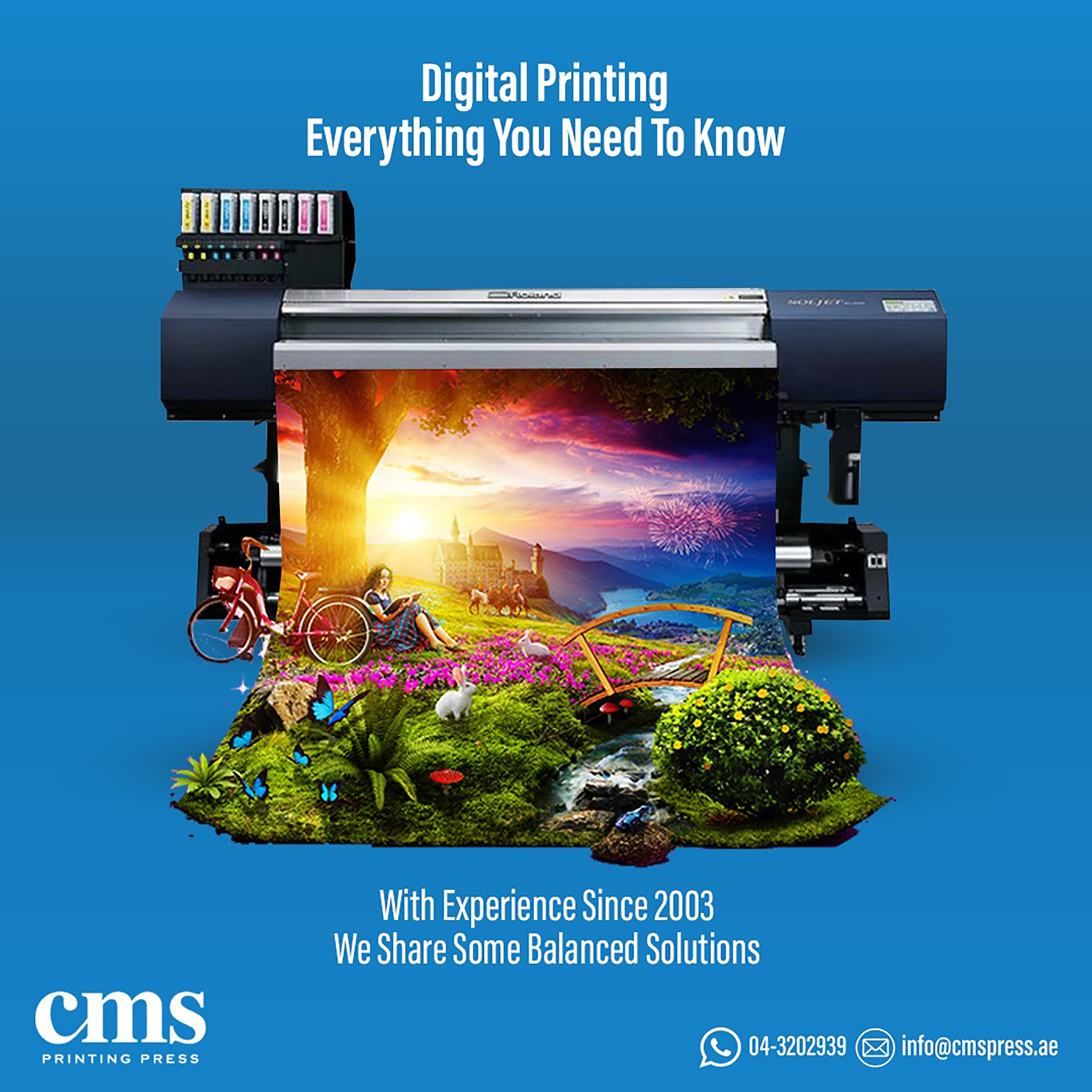Many creatives are turning their work into profit through print on demand.
Comprehending How Digital Printing Transforms the Printing Market
The printing industry, long steeped in standard approaches, is undergoing a radical improvement with the arrival of digital printing. This innovative innovation, which shuns the need for printing plates, enables fast manufacturing and modification, reshaping the landscape of print communication. With its prospective to stimulate involvement through personalized content and to use lasting remedies, it's clear that electronic printing is greater than a technological advancement; it's a critical video game changer. Just how exactly does it transform the sector? Let's explore.
The Advancement of Digital Printing: A Short Summary
Because its inception, electronic printing has actually gone through significant makeovers, consistently reinventing the printing industry. Its evolution began with the advancement of xerography in the mid-20th century, a process which laid the foundation for printer. With the advent of the 90s, electronic printing modern technology began to mature, and the sector saw the introduction of straight imaging presses, which got rid of the need for publishing plates. As the new millennium unfolded, innovations in innovation even more spurred the development of digital printing, bring about the development of high-speed inkjet printers. These devices used superior top quality and speed, for life changing the landscape of the market. Today, digital printing stands as a testament to human innovation, continuously evolving to satisfy the ever-changing requirements of the modern world.

Unpacking the Modern Technology Behind Digital Printing
Digging right into the intricacies of digital printing modern technology, one encounters a rich tapestry of innovative equipment and complex algorithms. At the heart of this process exists an electronic image, which is processed by software application that separates it right into a grid of dots. This intricate system, reinforced by sophisticated software program and high-resolution imaging, has actually changed the landscape of the printing industry, paving the way for unprecedented levels of detail and precision.

The Benefits of Digital Printing for Companies
Recognizing the innovation behind electronic printing gives a clear photo of its accuracy and detail. Digital printing is eco pleasant, making use of much less ink and creating less waste. The complete capacity of digital printing is realized when made use of for personalization and personalization, a topic that will certainly be covered in depth in the next area.
The Function of Digital Printing in Customization and Personalization
While typical printing approaches have problem with customization and personalization, electronic printing masters these locations. It permits the simple change of styles, without the need for pricey and lengthy plate changes (print on demand). This makes it possible for services to tailor items to individual consumers, meeting specific requirements and enhancing consumer fulfillment
Digital printing YOURURL.com additionally enables for variable information printing, where elements such as text, graphics, and pictures may be altered from one published item to the next, without reducing down the printing process. This is especially beneficial for straight marketing projects, where tailored messaging can considerably enhance feedback rates. In this method, electronic printing not just revolutionizes the printing industry however likewise changes the means companies interact with their clients.
Evaluating the Ecological Impact of Digital Printing
Although digital printing has been lauded for its function in personalization and customization, it is vital to examine its environmental official website effect. Digital printing can be less wasteful than standard techniques, due to the fact that it runs on a 'print on need' basis, why not try these out removing the demand for huge print runs that can cause excess and waste. In addition, it makes use of less chemicals and generates much less unpredictable natural substances (VOCs) compared to balance out printing. Nevertheless, the energy usage of digital printers can be high, leading to increased carbon footprint. The usage of non-recyclable printing elements and the challenge of e-waste management pose substantial ecological worries. While digital printing has numerous benefits, its ecological influence has to be diligently managed.
Conclusion
To conclude, digital printing has actually transformed the printing sector, providing quick, affordable, and high-quality options. It helps with modification, enhancing client involvement, and utilizes a lasting print-on-demand model. As this innovation remains to develop, its influence on service interaction, customer contentment, and environmental sustainability ends up being significantly profound. Comprehending these adjustments is crucial for services to take advantage of the benefits of digital printing properly.